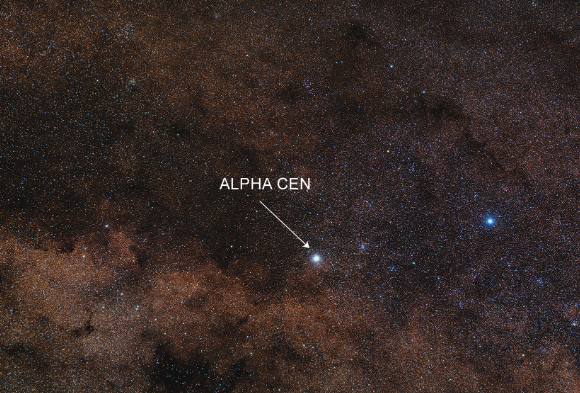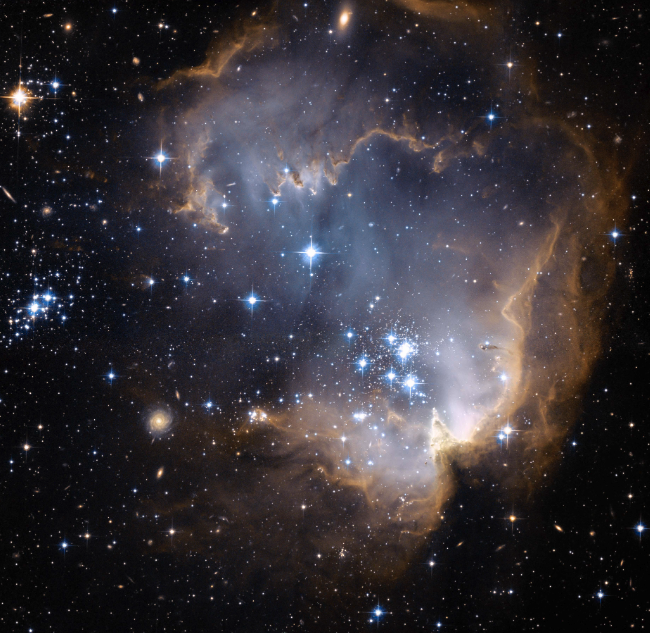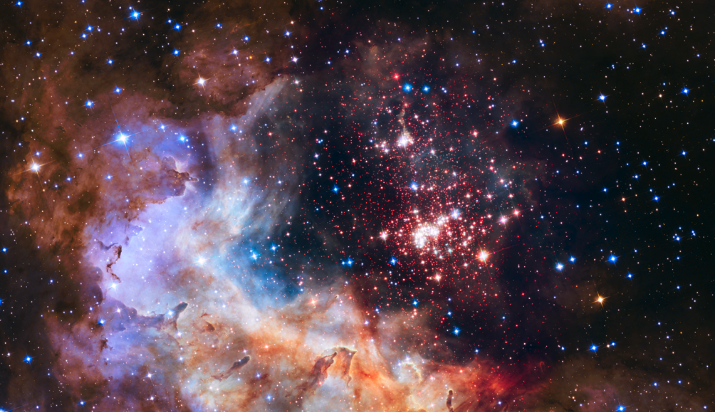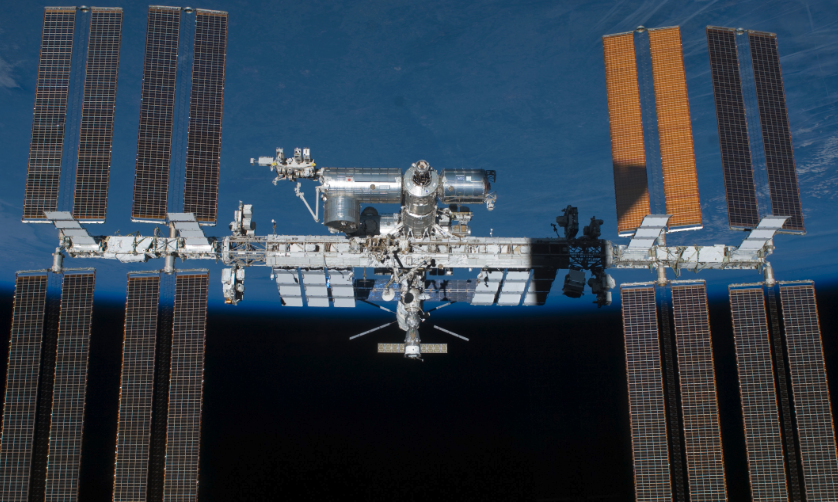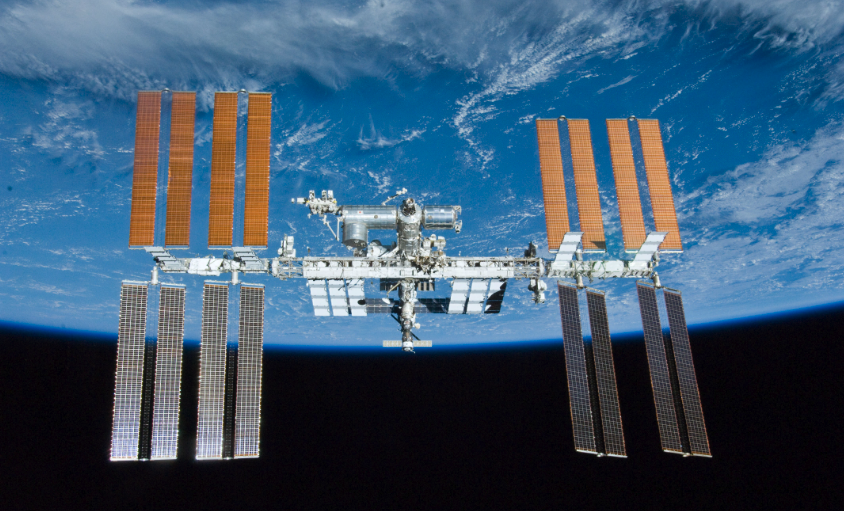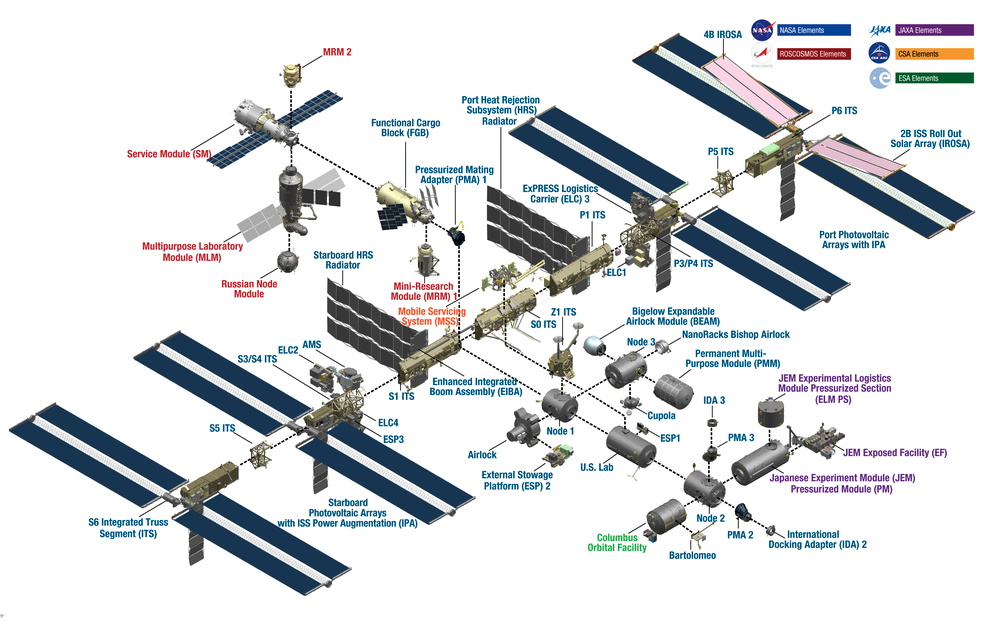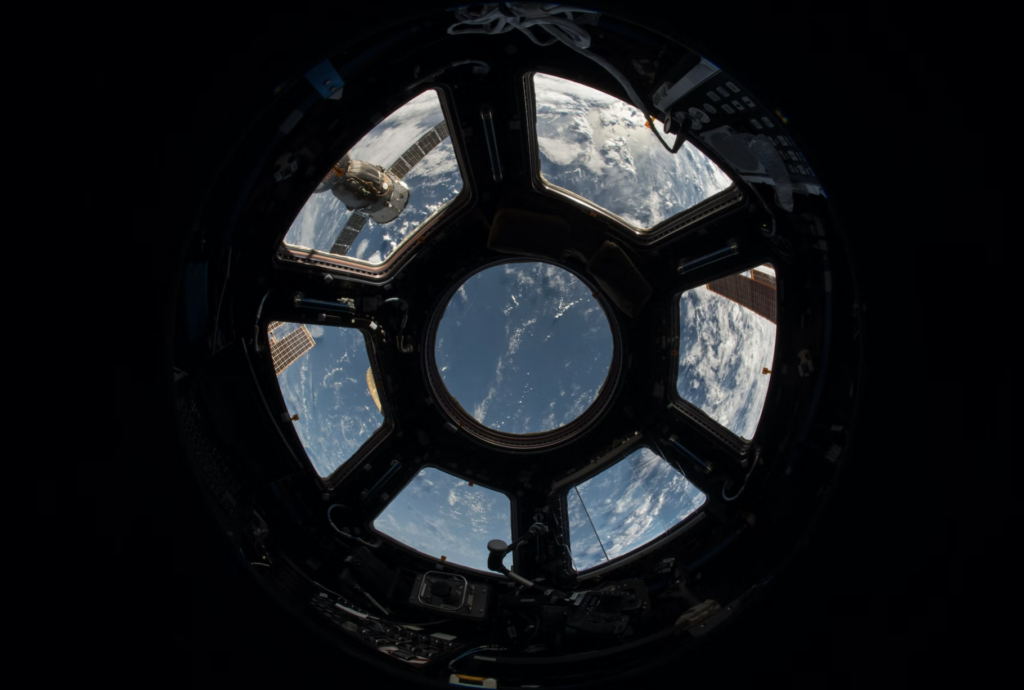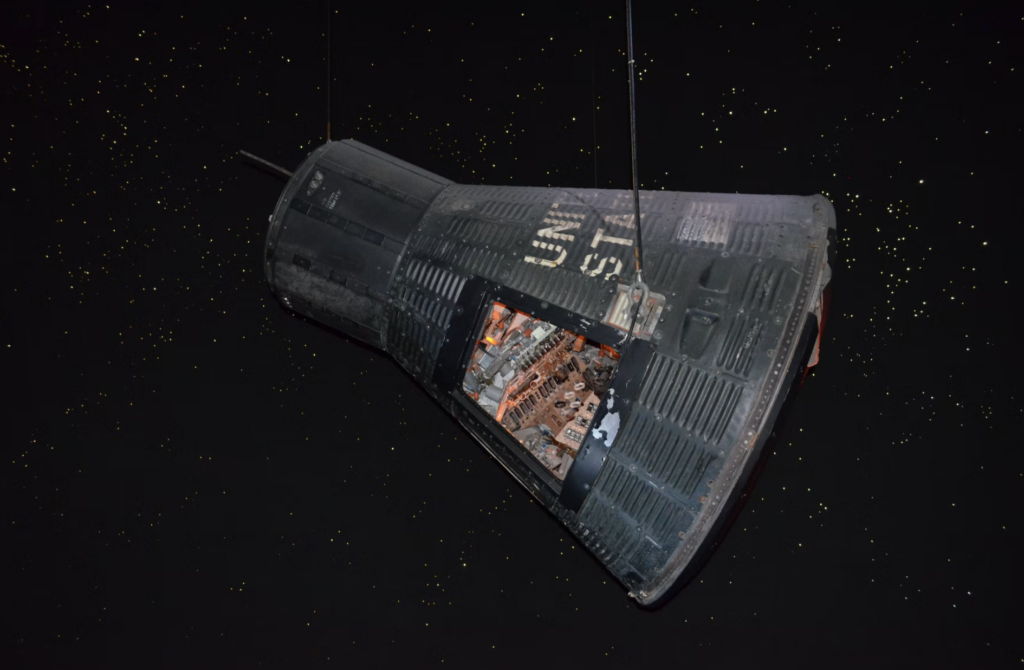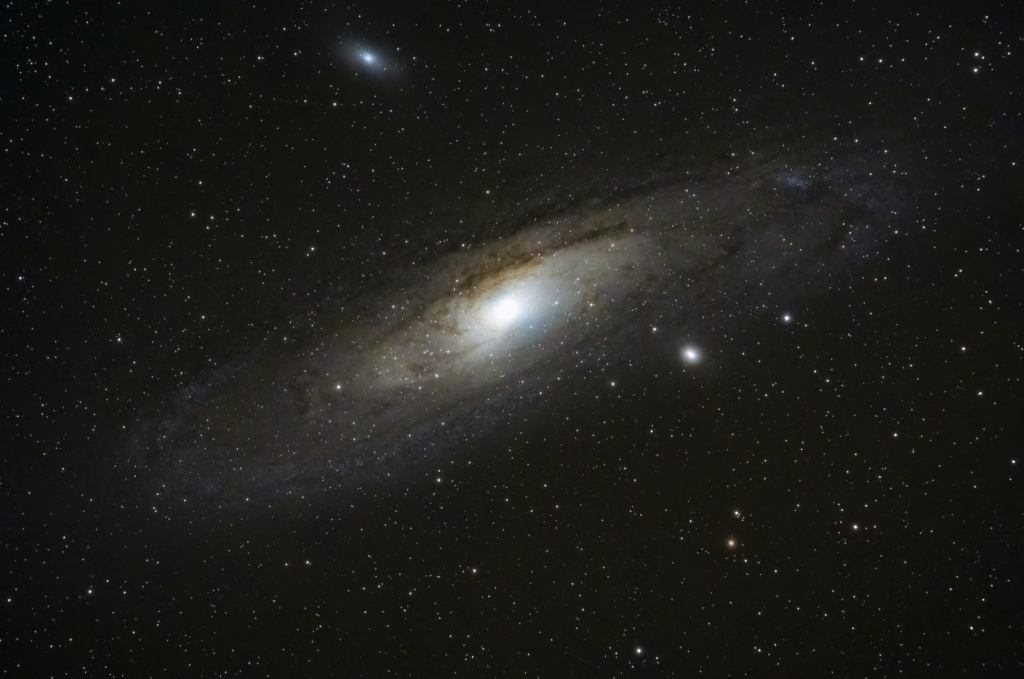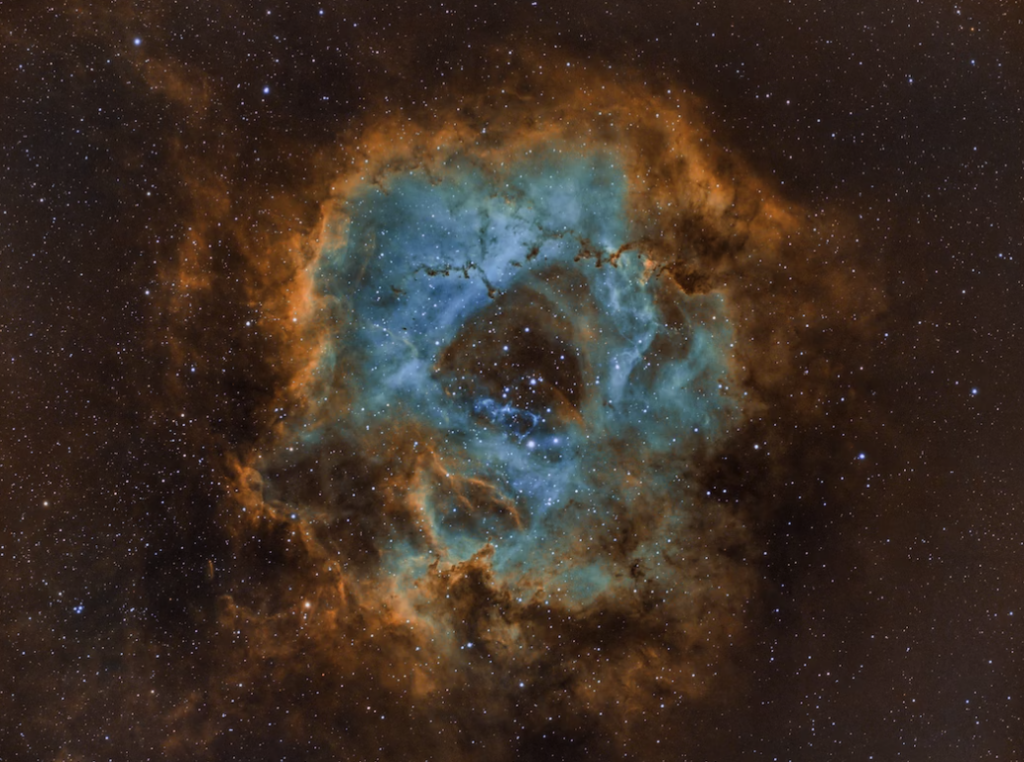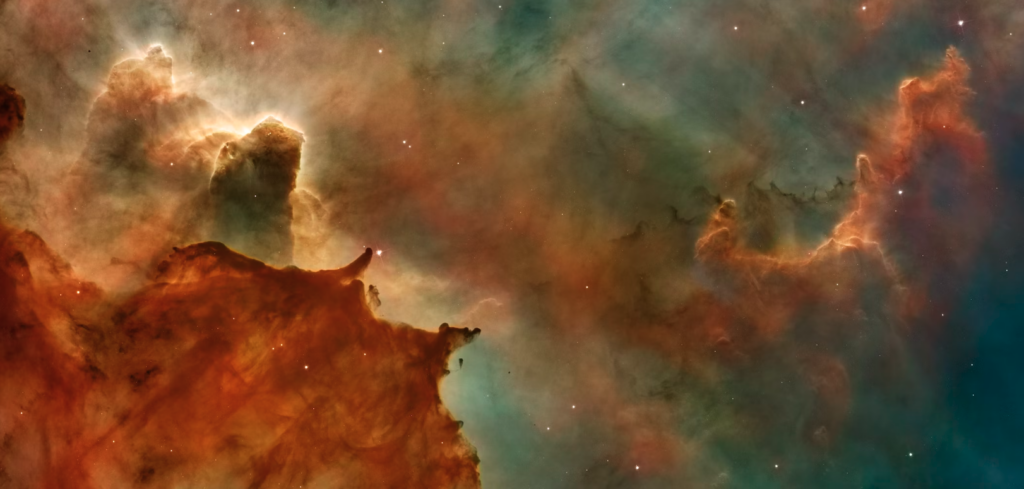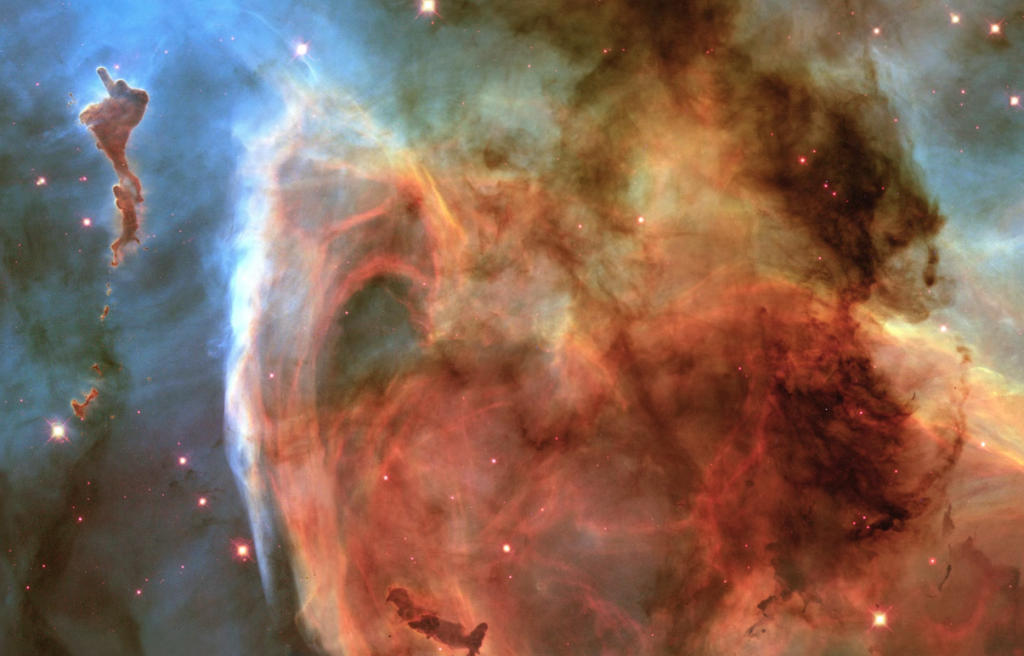The Exciting Dragonfly Mission to Titan
The next generation of planetary exploration kicks off in 2027 when NASA launches the Dragonfly Mission to Titan. Saturn’s moon Titan is the second-largest moon in the solar system. Clouds, rain (methane), a nitrogen-based atmosphere, and weather patterns similar to Earth have scientists buzzing with excitement.
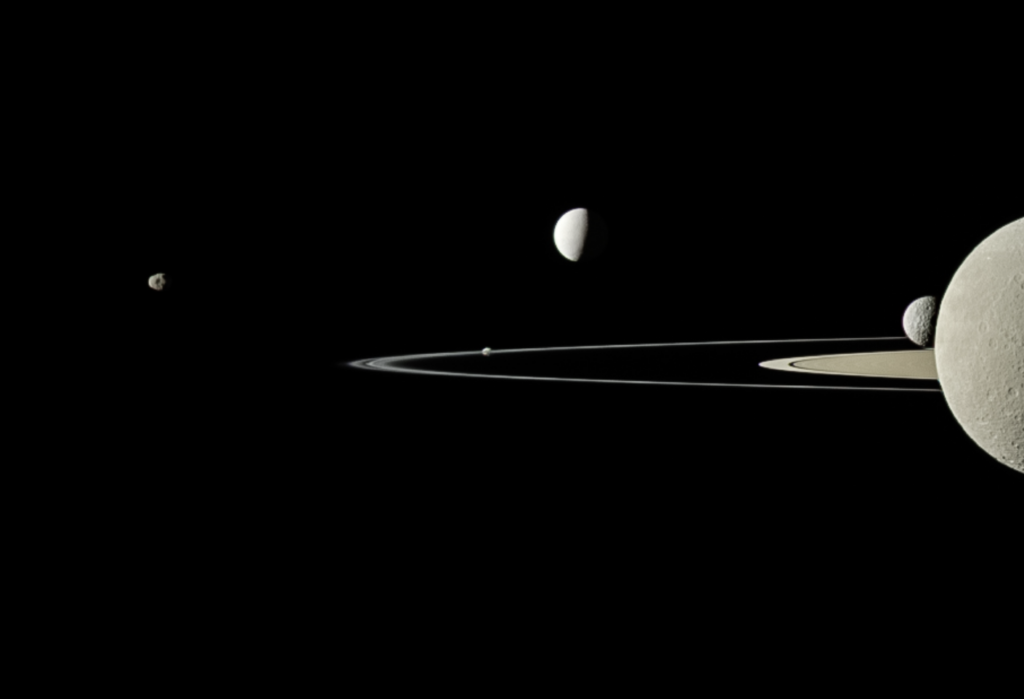
Table of Contents
Huygen’s Mission-2004
The Huygen probe landed on Titan in 2005 and broadcast data for 72 minutes. Huygen captured atmospheric data as it descended through the haze and clouds. Following the touchdown, Huygen captured and transmitted 100 pictures before the batteries ran out of power.
The pictures and atmospheric data justified a return trip to Titan.
The Four Phases of the Dragonfly Mission
- Launch: Leaving Florida in 2027. The launch vehicle hasn’t been announced yet.
- Cruise:
- Starts when Dragonfly separates from the launch vehicle.
- Ends prior to Dragonfly entering Titan’s atmosphere
- Entry, descent, landing (EDL).
- Starts when Dragonfly is 789 miles (1,270 km) above Titan
- Ends when Dragonfly touches down in a dune near the equator
- Titan operation/science mission
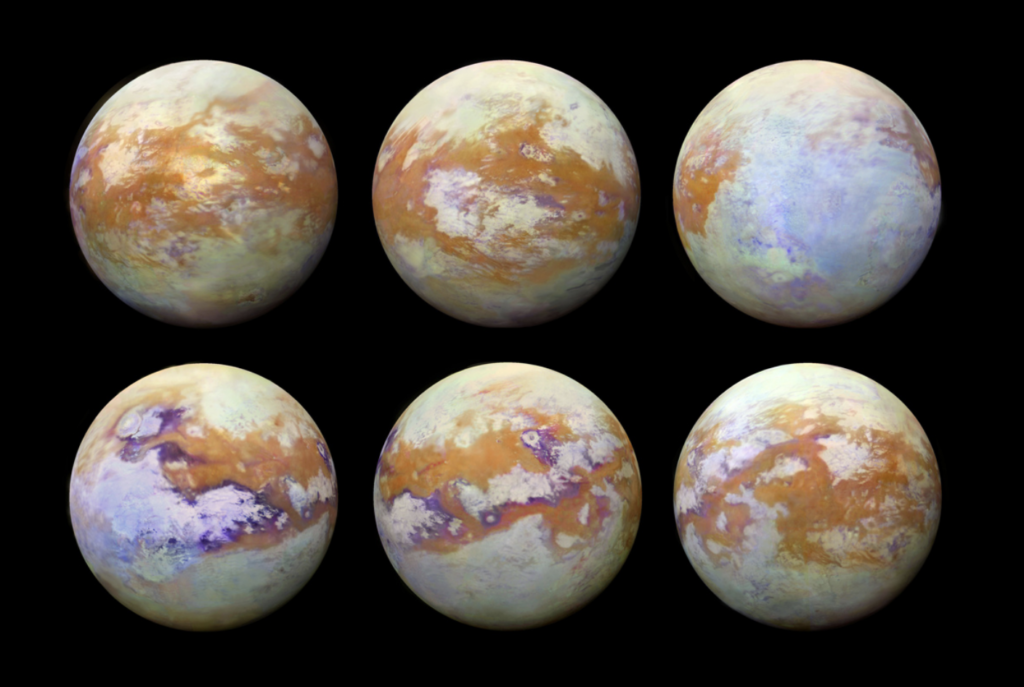
Dragonfly Structure
The spacecraft has two components.
- Cruise stage-Located at the “top” of the spacecraft. The cruise stage component separates from the Entry Vehicle at a specified height during atmospheric entry. The cruise stage components will burn up, similar to how a rocket stage burns up upon reentry through Earth’s atmosphere.
- The Cruise stage has three components.
- Earth Communications
- Propulsion
- Thermal control
- The Cruise stage has three components.
- Entry Vehicle-three components
- Backshell-Top component
- Parachute
- Low gain antenna
- Separation systems
- Rotorcraft lander-Middle component, protected by the Backshell above it and the heatshield below it.
- Heatshield-Protects the Rotorcraft lander during atmospheric entry.
- Backshell-Top component
Dragonfly in the Air
The Dragonfly weighs approximately 926 pounds (420 kg). Instead of resting on wheels like previous NASA rovers, Dragonfly will rest on skids, just like a helicopter. Lift is created via eight 53-inch (1.34 m) counter-rotating rotors.
Landing
When the EDL is 0.75 miles (1.2 km) above Titan’s surface, the rotorcraft unit will detach from the Backshell and land itself. Titan’s atmosphere is four times heavier than Earth’s. Titan’s gravity is one-seventh of Earth’s gravity. Combined, they create a perfect environment for low-power drone flights.
Surface Mobility
The “relocatable lander” will fly to different locations during its 37-month ground mission. The Dragonfly can fly for 30 minutes before recharging is required for the rotor motors. The Dragonfly travels at a maximal speed of 22mph (33 kph). Mar rover speeds max out a .1 mph (4,828 meters per hour).
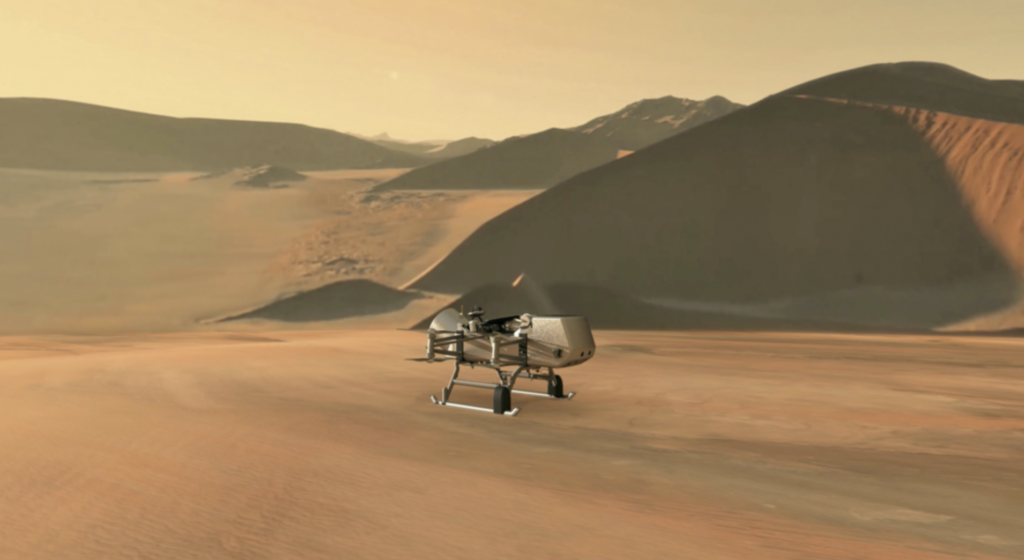
Data Analysis
Dragonfly has a plethora of hardware to analyze its surroundings.
- Mass Spectrometer: Elemental analysis
- Drills for Regolith samples from the surface and near the surface for analysis
- Gamma-Ray Neutron Spectrometer-Analysis of surface composition near the skids.
- Seismometer-Detect and measure ground movement
- Two LiDAR navigation sensors-realtime navigation sensors
- Ten Cameras to capture images! Close-up, panoramics, mosaic.
- Optical navigation based on Cassini’s maps created from 127 flybys
Wrap Up
The Dragonfly will explore the chemistry of geographically different environments on the surface of Titan. The elements, compounds, atmosphere, ocean, and seismic analysis are a window into Earth 3.5 billion years ago.
Our fingers are crossed that Dragonfly will provide answers concerning whether Titan was once home to life.

